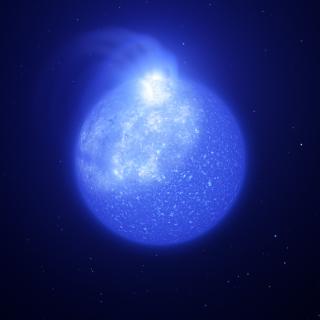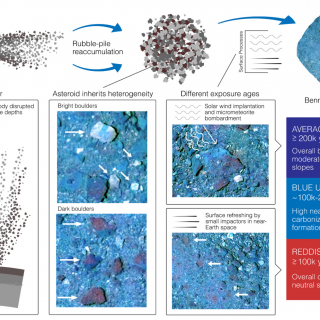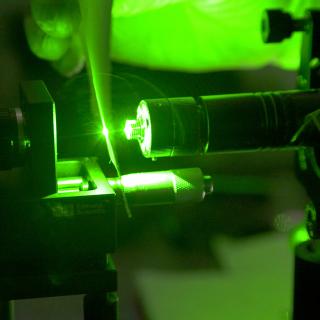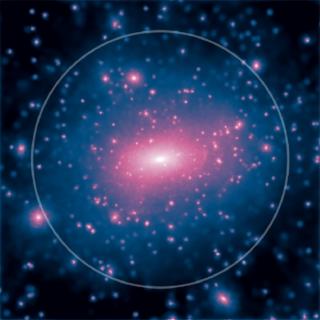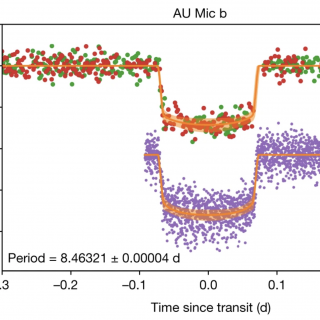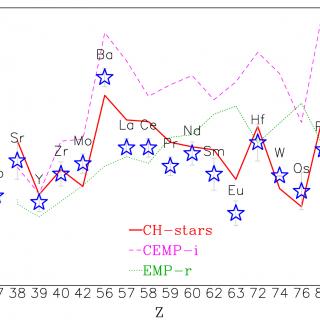
The recently discovered phosphorus-rich stars pose a challenge to stellar evolution and nucleosynthesis (that is, the formation of chemical elements in stellar interiors) theory, as none of the existing models can explain their extremely peculiar chemical abundances pattern. Apart from the large phosphorus (P) enhancement, such stars also show enhancement in other light (O, Mg, Si, Al) and heavy (e.g., Ce) elements. Thanks to the Spanish Service Time at the Nordic Optical Telescope, we have recently obtained high-resolution optical spectra of two optically bright phosphorus-rich stars
Advertised on
